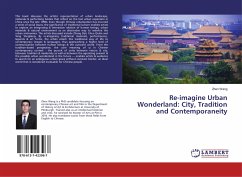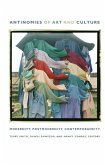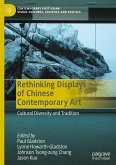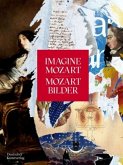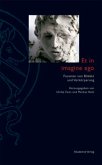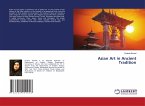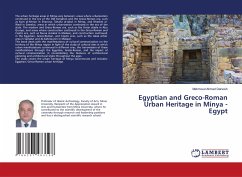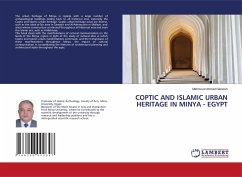This book discusses the artistic representation of urban landscape, materials & performing bodies that reflect on the fast urban expansion in China since the late 1990s. Even though Chinese urbanization has incurred a series of social issues, the significance of traditional culture enables artists to explore an integrating & interactive relation of human beings, urban materials & natural environment as an alternative way to redefine the urban antinomies. The artists discussed include Zhang Dali, Chen Qiulin and Yang Yongliang. By re-imagining traditional materials, performances, legends & art forms, the artists attach this traditional way of life to contemporary images & languages, thus approaching a higher level of communication between human beings & the outward world. From the tradition-based perspective, the core meaning of yi in Chinese contemporary context - the pursuit of unity between nature & city, between tradition & modernity as well as between the agonizing present & the possible urban wonderland in the future - enables artists & audience to search for an ambiguous urban space without constant border, an ideal world that is considered invaluable for Chinese people.
Bitte wählen Sie Ihr Anliegen aus.
Rechnungen
Retourenschein anfordern
Bestellstatus
Storno

